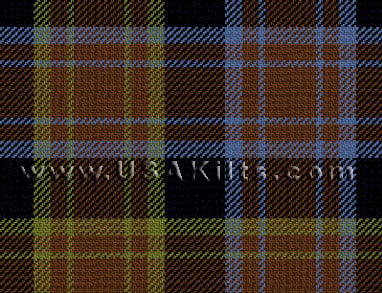Laois
Select
- Mill: HOE
- Weight: 13 oz.
- Known Septs Include:
Names prominent in this county include: Bracken, Breen, Brophy, Brophy, Butler, Campion, Cashin, Costigan, Crosby, Deegan, Delaney, Delany, Dempsey, Devoy, Doran, Dowling, Duff, Dunn, Fitzpatrick, Gilpatrick, Hely, Keally, Lalor, Lawlor, MacCashin, MacCostigan, MacEvoy, McCashin, McCostigan, McEvoy, Mooney, Mulhall, O'Bracken, O'Brophy, O'Deegan, O'Delany, O'Devoy, O'Duff, O'Dunn, O'Gorman, O'Keally, O'Lalor, O'Moore, O'Mulhall, O'Regan, O'Tracey, O'Tracy, Regan, Tracey
- Notes:
Just north of Kilkenny, Laois has been marked by human habitation for at least seven thousand years. By the first century A.D. Laois was probably the home of the Usdiae and Domnainn tribes. Later Laois became part of the Kingdom of Ossory. Viking incursions --made easier by the many rivers that slice through Laois-- in the ninth and tenth centuries destroyed some of Laois’ oldest monastic centers --including Clonenagh. After the fall of Ossory to Leinster, Laois came under Norman control. Once known as Queen’s County (since the sixteenth century, in honor of the English Queen Mary Tudor), Laois was renamed after Irish Independence. Today Laois is mainly famous for the beauty of the Bloom Mountains and as the home of the Rock of Dunamais --one of Ireland’s most photographed Medieval fortresses-- and Portlaoise (the Republic of Ireland’s only high security prison). - notes by Sarah Nagle
One of a series of Irish District tartans designed (and copyrighted) by Polly Wittering of the House of Edgar in 1995. This is not an 'officially sanctioned' District tartan but has proven popular.
